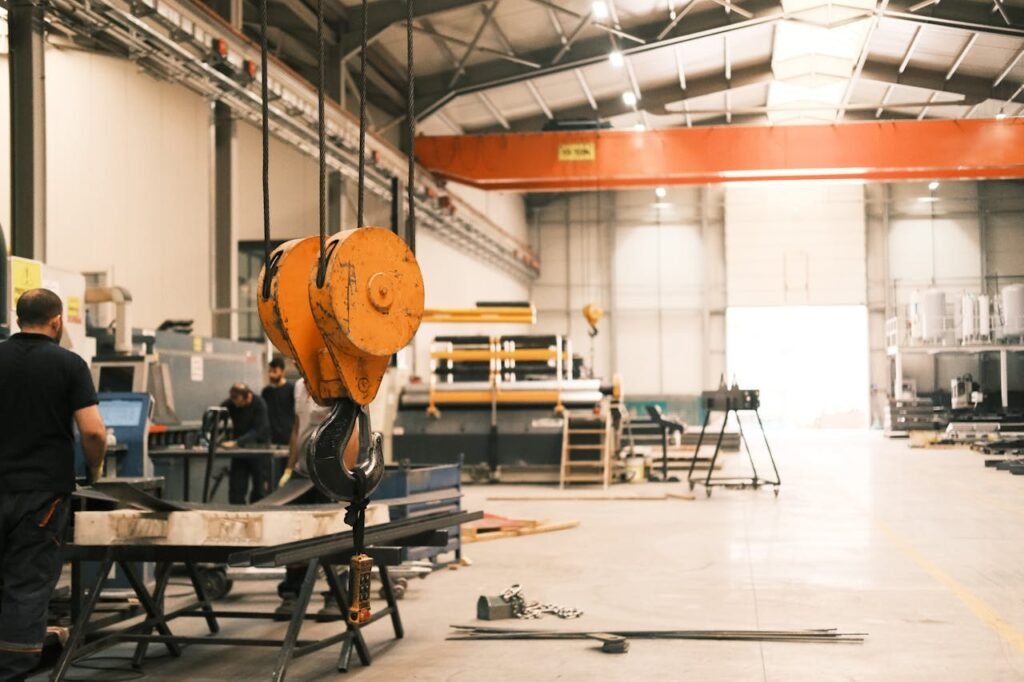If you’re in metal fabrication or manufacturing, you’re likely always seeking ways to enhance cut quality while minimizing operating costs and waste. So it’s natural to wonder: What are the advantages of using a CNC plasma cutting system with automatic torch height control?
The primary advantages are increased cutting precision, consistent cut quality, reduced operator intervention, and extended consumable life – all of which can lead to up to 30% lower operating costs compared to manual height control systems.
But there’s more to consider than just these basic benefits. Understanding the specific scenarios where automatic torch height control really shines – and where it might not be necessary – can help you make a more informed decision about whether this technology is worth the investment for your particular operation.
When Is Automatic Torch Height Control Most Beneficial?
Automatic torch height control (THC) delivers the most value when cutting varying thickness materials or warped/uneven surfaces. In these scenarios, manual height adjustment would require constant operator attention and likely result in inconsistent cut quality. The system particularly shines in high-volume production environments where maintaining consistent quality across hundreds or thousands of parts is crucial.
Plasma cutting systems with this technology also prove invaluable when cutting intricate designs or working with expensive materials where precision and waste reduction are paramount. However, for simple, straight cuts on flat, uniform materials, the benefits of THC might not justify the additional investment.
What Are The Key Components Of An Automatic Torch Height Control System?
A typical THC system consists of three main components: a voltage sensor that monitors the arc voltage between the torch and workpiece, a height controller that processes this information, and a motorized lift mechanism that adjusts the torch position. These components work together to maintain the optimal cutting height throughout the entire cutting process.
The system also features advanced software that enables initial height sensing and pierce height control, both of which are essential for achieving clean starts and maintaining consistent cut quality. Some modern systems even incorporate collision protection features to prevent costly torch crashes.
How Does Automatic Torch Height Control Impact Operating Costs?
The impact on operating costs comes from several areas. First, consumable life is typically extended by 20-40% because the torch maintains optimal cutting height, reducing wear from excessive heat and spatter. Second, material waste is minimized due to improved cut quality and fewer rejected parts.
Labor costs also decrease since operators don’t need to constantly monitor and adjust torch height manually. While the initial investment in THC technology may be significant, most fabrication shops report a return on investment within 6-12 months through these combined savings in consumables, materials, and labor.
How Does Automatic Torch Height Control Compare To Manual Height Control?
While manual height control relies entirely on the operator’s skill and attention, automatic THC systems provide consistent performance regardless of the operator’s experience. Manual control requires constant monitoring and adjustment, which can lead to operator fatigue and inconsistent results, especially during long cutting sessions.
Additionally, manual height control becomes particularly challenging when cutting complex parts or working with materials that have varying surface conditions. An experienced operator might achieve good results with manual control, but automatic THC systems can maintain optimal cutting height consistently across multiple shifts and different operators.
What Maintenance Requirements Should You Consider With Automatic THC Systems?
Like any automated system, THC components require regular maintenance to ensure optimal performance. The most common maintenance tasks include cleaning voltage sensors, checking calibration, and ensuring the lift mechanism operates smoothly. Most manufacturers recommend monthly inspections of these components.
Regular software updates may also be necessary to maintain system performance and compatibility with newer CNC controllers. Most manufacturers, including Messer Cutting Systems, provide comprehensive maintenance guidelines and support to help facilities maximize their THC system performance.
The key is establishing a preventive maintenance schedule and training operators to recognize early signs of potential issues, such as inconsistent height readings or unusual movement patterns in the lift mechanism.
Taking The Next Step With THC Technology
If you’re considering implementing automatic torch height control in your operation, start by conducting a detailed cost analysis comparing your current operational expenses (including labor, consumables, and scrap rates) against the projected savings from a THC system. This concrete data will help you make an informed decision about whether the investment makes sense for your specific application and production volume.
We create powerful, insightful content that fuels the minds of entrepreneurs and business owners, inspiring them to innovate, grow, and succeed.
